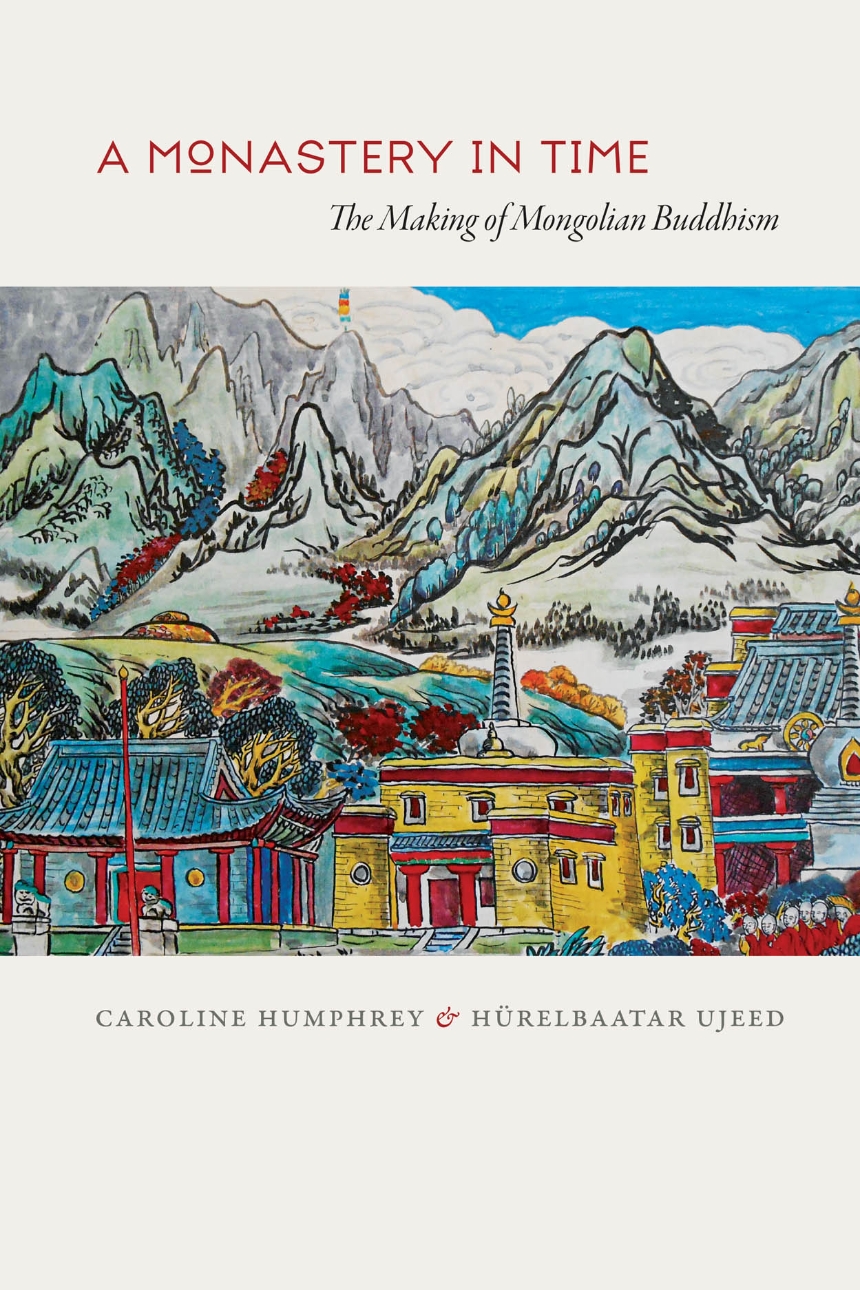A Monastery in Time
The Making of Mongolian Buddhism
440 pages | 6 halftones, 2 maps | 6 x 9 | © 2013
Anthropology: Cultural and Social Anthropology
Asian Studies: General Asian Studies
Religion: South and East Asian Religions
Reviews
Table of Contents
Transliteration
Acknowledgments and a Note on the Writing of this Book
Introduction
1. Buddhist Life at Mergen
2. Mergen Gegen and the Arts of Language
3. Mergen Monastery and Its Landscape
4. Duke Galdan, Perspectives on the Self in the Qing Era
5. Sülde: The “Spirit of Invincibility,” Its Multiplicity and Its Secrets
6. The Afterlife of the 8th Mergen Gegen
7. Sengge: A Lama’s Knowledge and Its Vicissitudes
8. The Chorji Lama: Inheriting from the Past in a New World
9. Regroupings of Laity
10. Tradition and Archivization
Epilogue: Dispersion and Creation
Bibliography
Index
